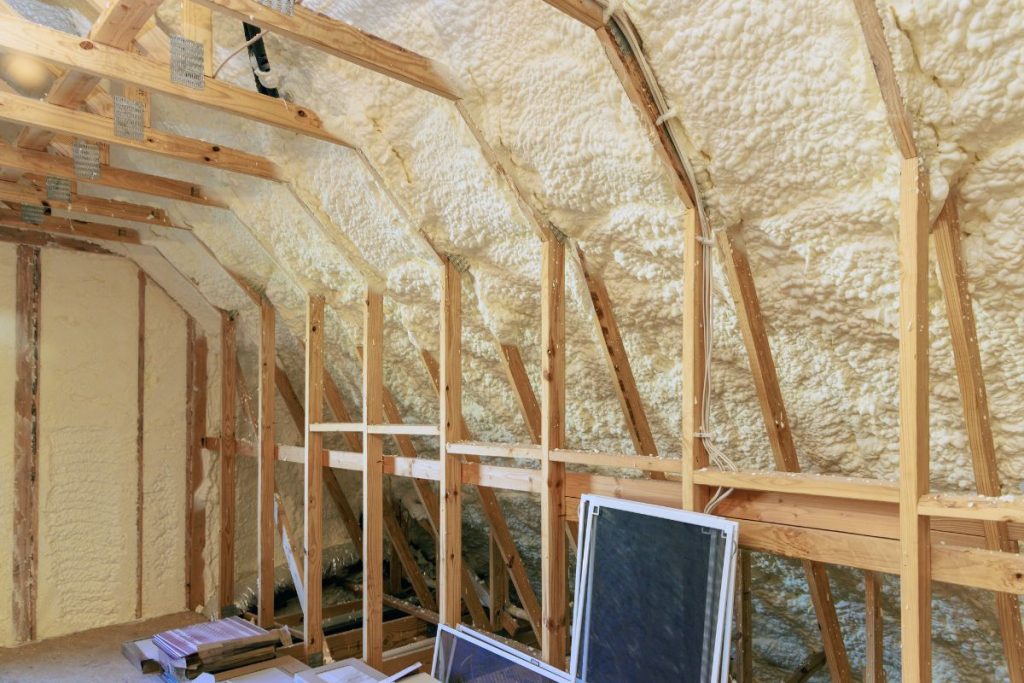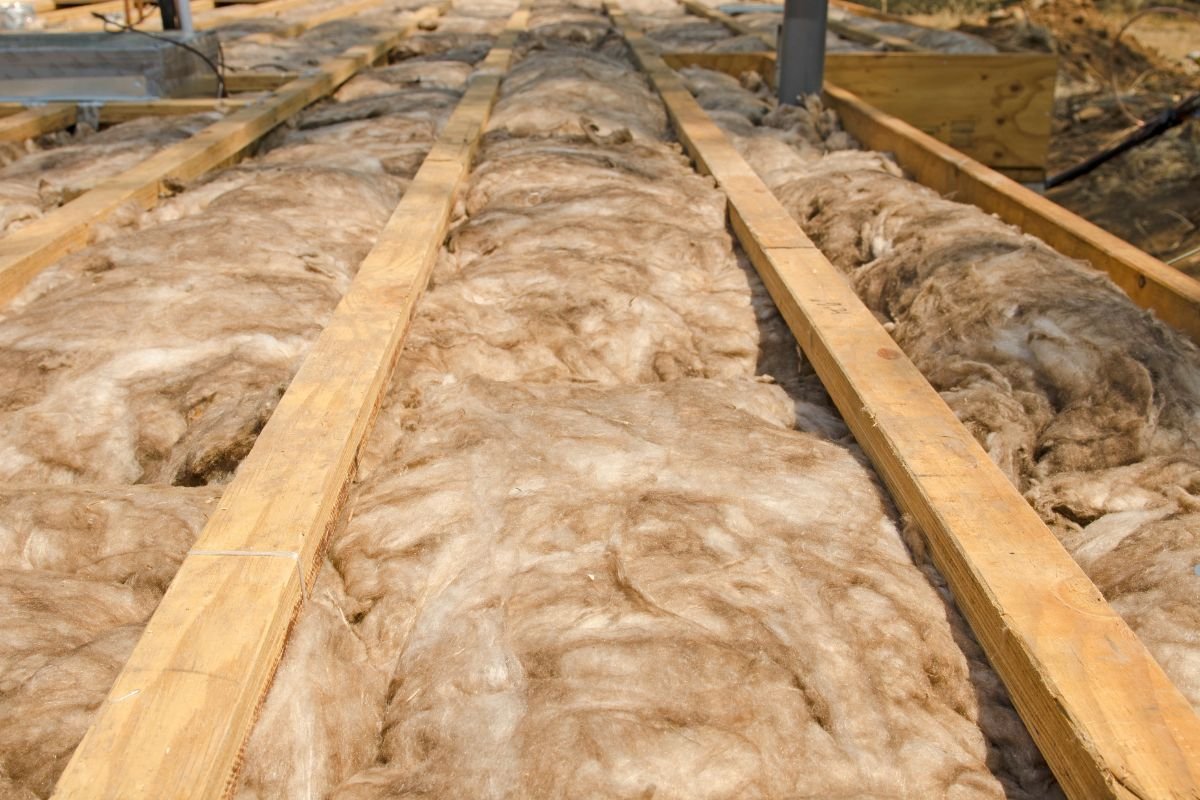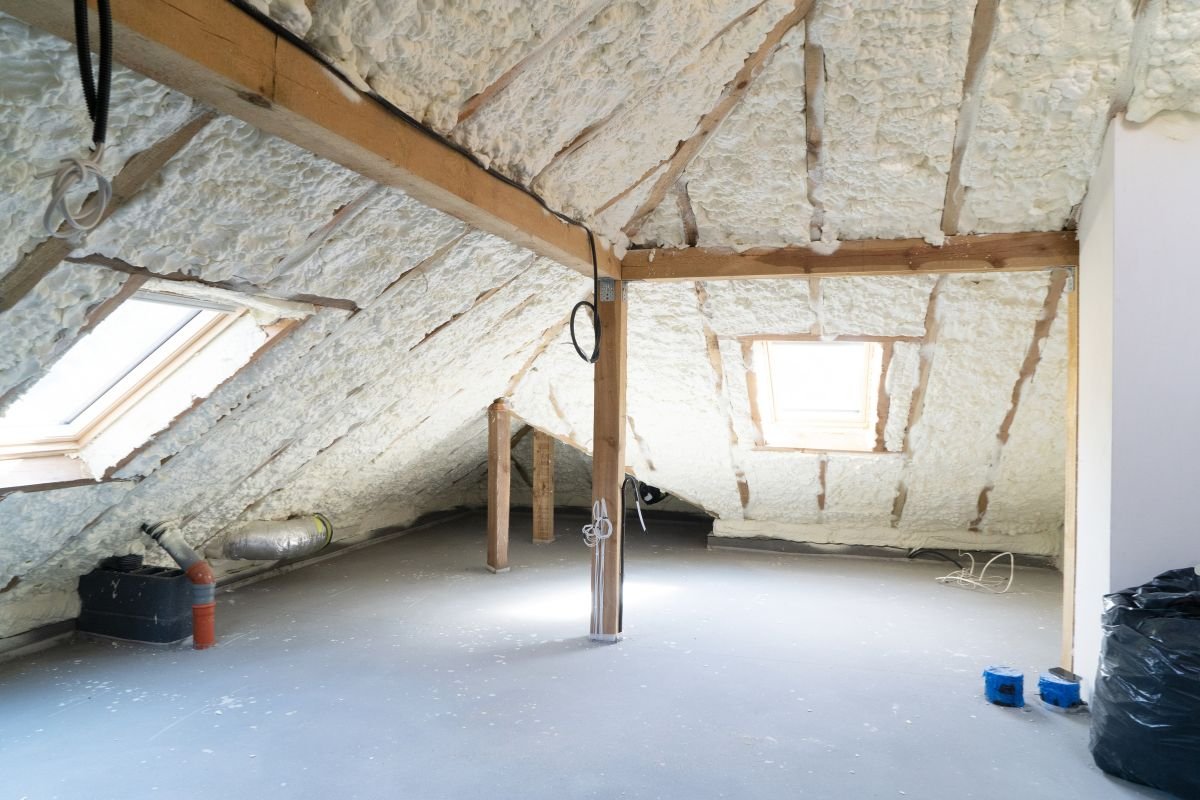
Insulation, especially the white and fluffy kind, plays a critical role in keeping your home comfortable and energy-efficient. The most common types are fiberglass and cellulose, each with unique properties that make them suitable for different situations. This guide dives deep into these options, exploring their pros, cons, and how to choose the right one for your home.
Understanding White & Fluffy Insulation
White and fluffy insulation primarily refers to fiberglass and cellulose insulation. These materials are used to slow down heat transfer, keeping your home warmer in the winter and cooler in the summer. This not only improves comfort but also reduces energy consumption and lowers utility bills. Choosing the right insulation is a smart investment in your home’s long-term performance.
Explore our services to find the best insulation solutions for your home. From installation to upgrades, we’ve got you covered!
Fiberglass Insulation
Fiberglass insulation is one of the most widely used types of insulation in the United States. It’s made from molten glass spun into fine fibers. Fiberglass is available in two main forms: blown-in and batt. Blown-in fiberglass is loose-fill insulation that’s typically used in attics and walls, while batt fiberglass comes in pre-cut sheets designed to fit between studs and joists.
- Blown-in Fiberglass: This type is ideal for insulating attics, walls, and other hard-to-reach areas. It’s installed using a blowing machine that distributes the fibers evenly.
- Batt Fiberglass: Batt insulation is easy to install and is a good option for DIY projects. It’s available in various thicknesses and R-values to meet different insulation needs. You can find fiberglass batts at most home improvement stores.

Fiberglass insulation is cost-effective and readily available. However, it can be itchy to handle and may pose some health concerns if the fibers are inhaled. Properly installed fiberglass can significantly improve your home’s energy efficiency.
Ensure maximum comfort and energy savings with our professional insulation installation services. Call us today for expert guidance and a free consultation. Let’s make your home more efficient and cozy!
Cellulose Insulation
Cellulose insulation is an environmentally friendly option made from recycled paper products, typically newspaper. It’s treated with fire retardants to make it safe for use in homes. Like fiberglass, cellulose is available in loose-fill and stabilized forms.
- Loose-Fill Cellulose: This type is blown into attics and walls, providing excellent coverage and filling even the smallest gaps.
- Stabilized Cellulose: This form is treated with a binding agent to prevent settling, making it a more durable option for walls and ceilings.
Cellulose insulation is known for its eco-friendliness and pest resistance. However, it can be more expensive than fiberglass and may be susceptible to moisture damage if not installed correctly. Choosing cellulose is a great way to go green while improving your home’s insulation.
Rockwool (Mineral Wool) Insulation
While not always strictly “white and fluffy,” Rockwool, also known as mineral wool, can sometimes appear whitish or light gray. It’s made from natural or synthetic minerals such as basalt, slag, or recycled glass. Rockwool insulation is known for its excellent fire resistance and soundproofing properties. While it’s a bit pricier, its benefits make it a worthwhile investment for many homeowners.
Wondering what kind of insulation is white and fluffy? Our comprehensive guide has the answers! Need expert installation? Call us now for professional advice and top-quality insulation services to keep your home comfortable and energy-efficient.
Comparing Insulation Types
Choosing the right insulation involves considering several factors. Here’s a comparison of the different types:
- R-Value Comparison: R-value measures insulation’s resistance to heat flow. Higher R-values provide better insulation. Fiberglass typically has an R-value of 2.2 to 2.9 per inch, while cellulose ranges from 3.1 to 3.7 per inch. Rockwool can have R-values ranging from 3.0 to 4.0 per inch.
- Cost Comparison: Fiberglass is generally the most affordable option, followed by cellulose, and then Rockwool.
- Installation Difficulty: Batt fiberglass is the easiest to install for DIYers. Blown-in insulation requires specialized equipment and is best left to professionals.
- Environmental Impact: Cellulose is the most environmentally friendly option due to its recycled content.
Factors to Consider

Several factors influence the best choice for your insulation needs:
- Climate: Warmer climates may require lower R-values than colder climates.
- Budget: Fiberglass is the most budget-friendly option, while Rockwool is the most expensive.
- Existing Insulation: Consider the type and condition of your existing insulation.
- DIY vs. Professional Installation: Batt insulation is suitable for DIY projects, while blown-in insulation requires professional installation.
- Health Concerns: If you have sensitivities, consider cellulose or Rockwool, which are less likely to cause irritation than fiberglass.
When to Consult a Professional
While some insulation projects can be DIY, it’s often best to consult a professional. Professionals can assess your home’s insulation needs, recommend the best type of insulation, and ensure it’s installed correctly. They can also handle complex installations and address potential issues like asbestos.
Frequently Asked Questions
Is white, fluffy insulation safe?
Yes, when installed and handled properly. Follow safety precautions when working with fiberglass to minimize irritation.
How long does insulation last?
Insulation can last for many years, but it may settle or degrade over time. Regular inspections can help identify when it needs replacement.
Can I install insulation myself?
Batt insulation is suitable for DIY projects, but blown-in insulation requires professional equipment and expertise.
How much insulation do I need?
The amount of insulation you need depends on your climate, the R-value of the insulation, and the area you’re insulating.
What is R-Value and why is it important?
R-value measures insulation’s resistance to heat flow. Higher R-values provide better insulation and greater energy savings.
Maximizing Your Home’s Energy Efficiency
Choosing the right insulation is a crucial step in maximizing your home’s energy efficiency and comfort. By understanding the different types of insulation and considering your specific needs, you can make an informed decision that saves you money and improves your home’s performance. Don’t hesitate to reach out to a professional for guidance and expert installation.
Ready to upgrade your home’s insulation? Our expert installation services ensure comfort and energy efficiency. Contact us today for a free consultation and get the best solution for your needs!
